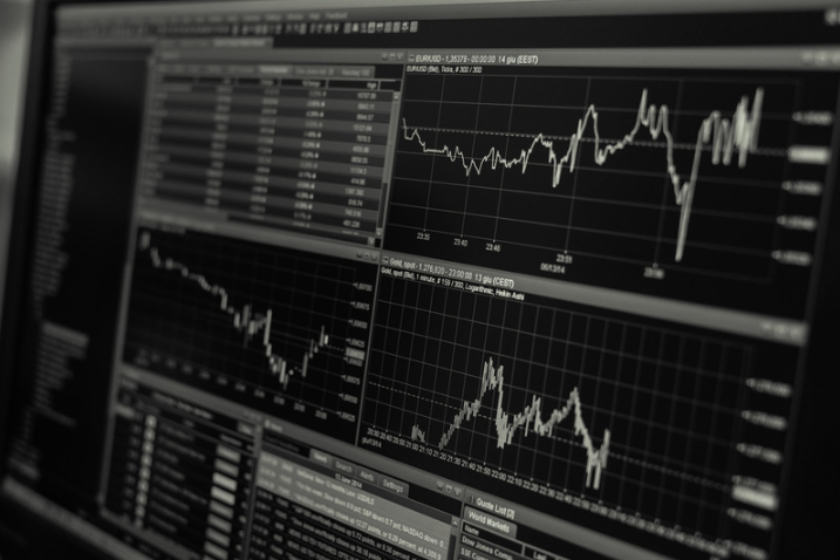The New Zealand Dollar (NZD), Australian Dollar (AUD) pair looks to have consolidated around the 0.9030 area into Friday after starting the week at 0.9100 (1.1000) levels. The cross tested 0.9000 in the morning session but failed to break the 5-week support bouncing as it has done many times over the weeks. Monday’s NZ CPI read pushed higher to 7.3% rising from 6.9% in the first quarter and above the forecasted 7.1% predicted sending the kiwi lower. Iron Ore prices are struggling to stay above 100.00 per tonne, hovering at 100.50 currently coming off a five week decline from 146.00 as the Chinese govt establishes a new organisation in order to support local Chinese steel producers. Last year China paid more than 130B for Australian ore, the biggest export out of the country by a wide margin. Key data out next week comes in the form of Australian CPI (second quarter) and is forecast to tick higher from 5.1%
Exchange Rates
The current interbank midrate is: NZDAUD 0.9016 AUDNZD 1.1084
The interbank range this week has been: NZDAUD 0.9006- 0.9101 AUDNZD 1.0987- 1.1103

